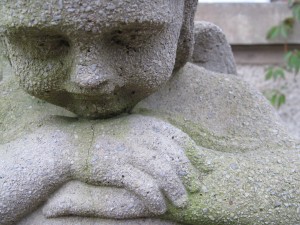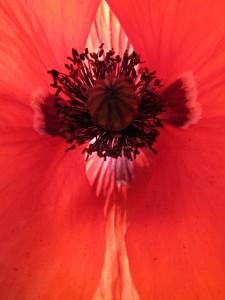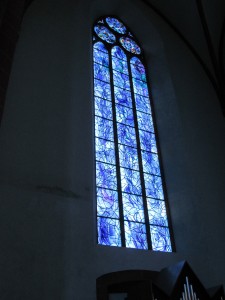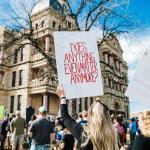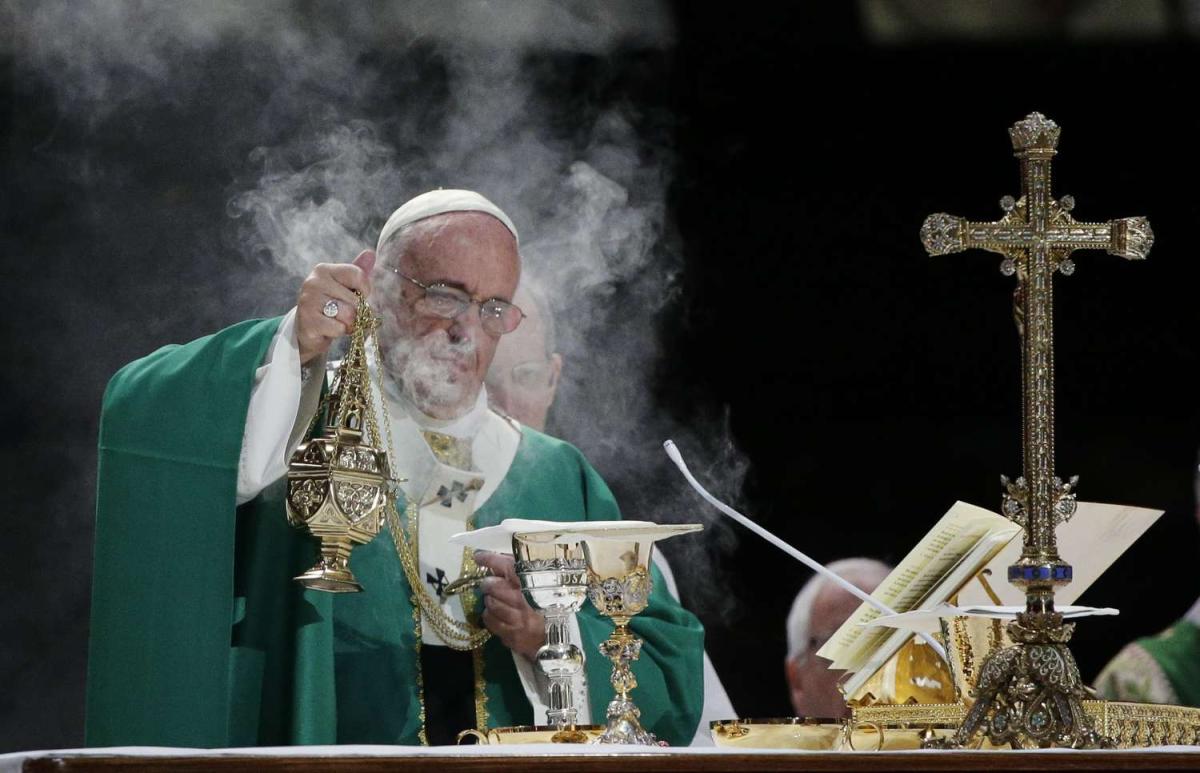“She (Sarah) planted herself not on the edge but in the center of God’s land of promise…”
Kathleen Norris opened her book Dakota with this quotation from Spanish philosopher Jose Ortega y Gassett:
“Tell me the landscape in which you live, and I will tell you who you are.”
Of equal intrigue to me is this quotation that I found a few years ago, carved into a stone in front of Palmer Auditorium here in Austin. It was penned by a well-known Texas legend, J. Frank Dobie.
“Great literature transcends its native land, but none that I know of ignores its soil.”
I’ve often wondered about the connection between identity and geography. I never quite felt connected to the landscape in Southeast Texas where I grew up. I don’t know why. Oddly, I had to move to away from the familiarity of that place in order to find home. It has been a part of my journey that I’ve never quite understood and a path of inquiry inside of me for decades.
Perhaps that’s why this detail of Sarah’s story caught my attention and became a part of my first book, The Feminine Soul. She also found home in a place other than her native soil.
“Planted in the place of promise
23:1 Sarah lived to be a hundred and twenty-seven years old. 2 She died at Kiriath Arba (that is, Hebron) in the land of Canaan, and Abraham went to mourn for Sarah and to weep over her. 3 Then Abraham rose from beside his dead wife and spoke to the Hittites. He said, 4 “I am an alien and a stranger among you. Sell me some property for a burial site here so I can bury my dead.” … 16 Abraham agreed to Ephron’s terms and weighed out for him the price he had named in the hearing of the Hittites: four hundred shekels of silver, according to the weight current among the merchants. 17 So Ephron’s field in Machpelah near Mamre-both the field and the cave in it, and all the trees within the borders of the field-was deeded 18 to Abraham as his property in the presence of all the Hittites who had come to the gate of the city. 19 Afterward Abraham buried his wife Sarah in the cave in the field of Machpelah near Mamre (which is at Hebron) in the land of Canaan. 20 So the field and the cave in it were deeded to Abraham by the Hittites as a burial site.
We are not certain where Abraham was living at the time of Sarah’s death. The last word recorded (22:19) was that he lived at Beersheba, at the edge of the promised land, spending time in Philistia. Might he and Sarah have been living in different locations? Beersheba was closer to where Hagar and Ishmael lived. Could Abraham still be struggling to let go of his first son?
In any event, we know Sarah was in Hebron when she died, near the oaks of Mamre. She planted herself not on the edge but in the center of God’s land of promise, in a place historically connected to the promises of God. Hebron was Sarah’s first home in the promised land after Abraham and Lot divided the land (Gen. 13:18). It was also the place where the trio of angels visited, informing her for the first time of her specific and personal calling from God (Gen.18). Such connections are not happenstance. As women we often use environment—location, home, personal appearance, etc.—to communicate much about ourselves.
It is sad for me to think that Sarah’s choice to ground herself in the heart of this land might have meant that she and Abraham were living apart in their final days. The experience of tension and conflict in relationships as new personal growth takes place is common but not commonly acknowledged by many in the church. Relationships often require difficult re-negotiation when transforming growth and change occur. It is another messy and painful part of the maturing process for both men and women.
From listening to the stories of many women, I have observed that such a separation of lives, physical or otherwise, is always painful and sad, but not rare. Note also that it does not necessarily mean a loss of love or commitment. We have no reason to believe that Sarah’s sentiments highlighted earlier had changed. In the midst of this possible separation, it is also clear that Abraham continued to care deeply for Sarah, mourning her death.
Though Abraham had lived in some part of the land of promise for years, we are unsure why he had not previously bought any of the land God promised him. It is interesting that it was Sarah’s death that prompted his first purchase. Even in her death, the powerful promises of God were still at work through her.
The visual details of the passage intrigue me. In verse 17, we note that all the trees were included in the deeding of the land. In verse 19, the NASB translation notes that the cave Sarah was buried in “faced” Mamre, the place always connected with those trees. Can you see it? What a beautiful spot…both physically and symbolically…a fitting reward for such a faithful guardian of God’s promises. Sarah was the first permanent Jewish resident of the promised land.
Reviewing Sarah’s story of calling, growth, and faith, it is easy to see why God felt the nation of Israel needed a mother. As she nurtured this nation from promise into reality, God gently drew her out of hiding, toward feminine maturity, shaping her into a strong, wise, confident, and memorable matriarch. She was a significant part of the Jewish nation’s successful birth with her influence extending far beyond the moment she brought forth Isaac. She heard God’s ever-expanding invitation and responded with ever-growing faithfulness.
Sarah’s calling was just the beginning. God still has important work for each of us as women today, work that we are uniquely designed to offer. God’s kingdom still needs our motherly ways. Sarah’s story has inspired and mentored me as I follow all the twists and turns of God’s call in my life. Will you, like Sarah, dare to listen for and follow God’s personal calling on your life today?”
Where have you planted yourself and why?






